What words or particles should I use with this verb?
There is a website called tsukuba web corpus with a collections of all kinds of words/verbs taken from a bunch of native resources online.
The website breaks down how often words appear with a given particle, grammatical structure, collocation, etc.
You can check on the site if a certain phrase or sequence of particles for a given verb is acceptable/common/natural, and see its frequency in standard Japanese usage.
How to use the Tsukuba Web Corpus
Go to the tsukuba website (and bookmark it)
Set the language to English if you want
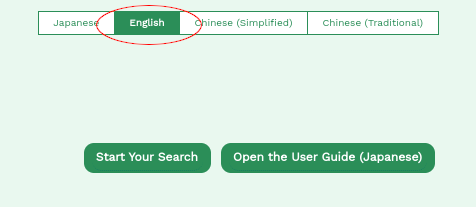
Click on Start Your Search
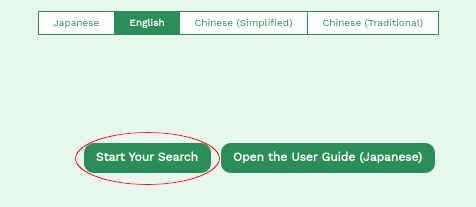
Type the word you want to look up in the search bar
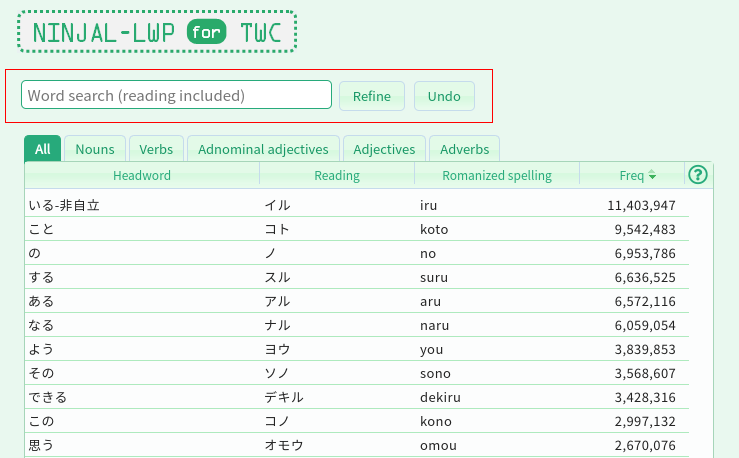
NOTE: する verbs count as a different word, for example 利用する (verb) is a different word from just 利用 (noun)
Click on the result to be brought to the collocations summary page
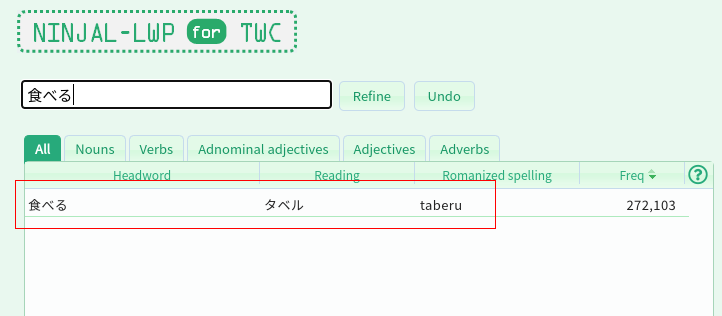
The Collocations Summary Page
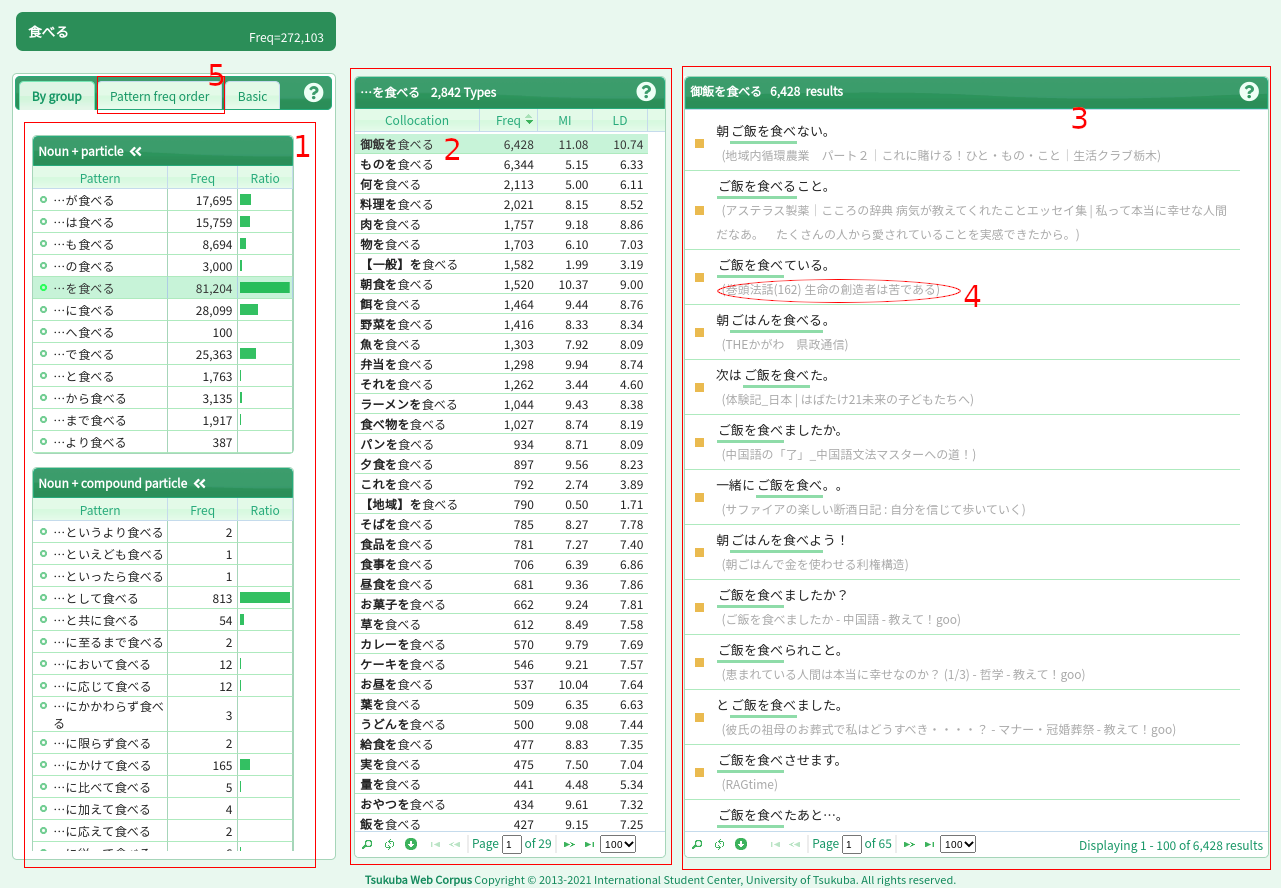
As you can see, the page can be quite daunting on a first look, so I made sure to highlight the important parts that you should be looking at, with a brief explanation:
- On the left side, there is a list of all grammatical patterns the searched word appears in. They are grouped/sorted by function (Noun + particle, Noun + compound particle, Auxiliary verbs, etc) and the numbers will show how many entries and how frequent a certain collocation appears in the corpus.
- After clicking on an entry in 1, in the middle, there is a list of the relevant collocations of the searched word with the given pattern. For example if you searched for を particle +
<verb>, it will show what kind of nouns will appear with を (e.g. 食べる -> 肉を食べる) - Click on an entry in 2 and the right side area will show a list of all the phrases with the actual usage of the word/pattern. It will also show the verb in its conjugated forms (食べる -> 食べない, etc)
- If you require context related to where the sample sentence came from, you can click on the area marked as 4 and it will bring up the source material
- If you click on the “Pattern freq order” tab, the left-most part will instead list all grammatical patterns for the searched word ordered by most to least amount of occurrences. It’s very useful if you want to quickly get a general idea.